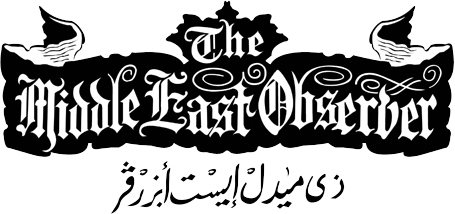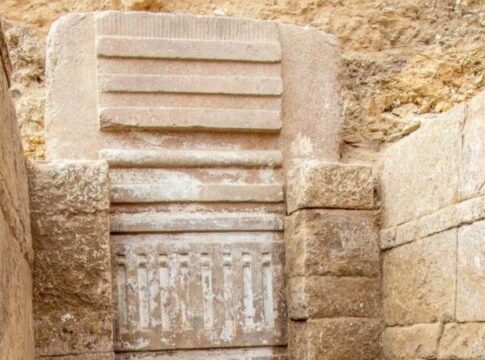The tomb of Prince Waser-If-Re, son of King Userkaf, the founder of Egypt’s Fifth Dynasty, has been unearthed in the Saqqara necropolis. This pivotal discovery, spearheaded by the Egyptian archaeological mission—a collaboration between the Supreme Council of Antiquities and the Zahi Hawass Foundation for Archaeology and Heritage—marks a significant milestone in uncovering Egypt’s ancient history.
Zahi Hawass, the renowned Egyptologist leading the mission, announced the find, which includes artefacts spanning the Old Kingdom and the Late Period. Egypt’s Minister of Tourism and Antiquities, Sherif Fathy, applauded the achievement, emphasizing the national pride in such locally driven archaeological endeavors. “This discovery is not only a testament to Egypt’s rich heritage but also to the capabilities of our Egyptian teams,” Fathy remarked.
Among the most striking elements is a massive pink granite false door, the first of its size and material to be discovered in Egypt. Standing 4.5 meters tall and 1.15 meters wide, the door is adorned with hieroglyphs detailing Prince Waser-If-Re’s titles, highlighting his roles as “Hereditary Prince,” “Governor of Buto and Nekheb,” “Royal Scribe,” “Vizier,” “Judge,” and “Chanting Priest.”
In addition to the door, the mission uncovered a statue ensemble depicting King Djoser, his wife, and their ten daughters—an unprecedented find. Preliminary research suggests these statues were originally housed near Djoser’s Step Pyramid and later moved to Prince Waser-If-Re’s tomb during the Late Period, though the reasons for this relocation remain under study.
The excavation also revealed a red granite offering table inscribed with detailed lists of ritual offerings and a black granite statue of a standing male figure from Egypt’s 26th Dynasty. This suggests that the tomb was repurposed in later periods, adding a layer of historical complexity to the site.
A secondary granite entrance on the tomb’s eastern façade bears inscriptions of the tomb owner and a cartouche of King Neferirkare. Moreover, the mission discovered 13 statues carved from pink granite, the first of their kind found in Saqqara. These statues, seated on high-backed chairs, include heads believed to represent the tomb owner’s wives, alongside two headless figures and a toppled black granite statue measuring 1.35 meters.
Excavations at the site are ongoing, with archaeologists eager to delve further into what is now considered one of the most unique tombs in the Saqqara region. These findings not only enhance our understanding of Egypt’s dynastic history but also underscore Saqqara’s importance as a center for the study of Egypt’s cultural evolution.


